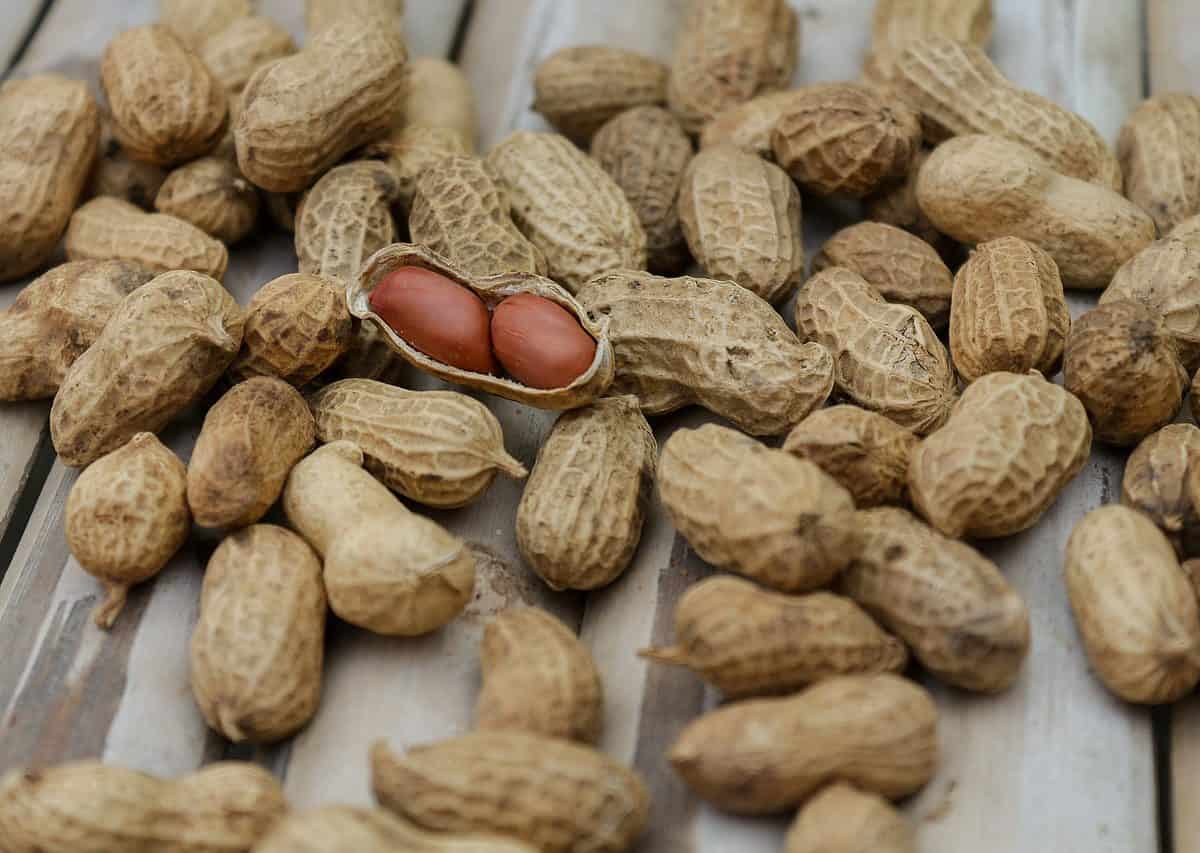Not long ago, a neighbor gave us some peanuts she said were from Peru. Since we’ve had good luck growing peanuts, we were excited to see how this variety would do for us. Our new Peruvian peanuts are growing well, so I thought I’d share some tips on growing peanuts.
Peanuts can be an excellent addition to your tropical diet. That’s because peanuts are nearly a complete food. They contain more pantothenic acid (B5) than any other food except liver.
They are also rich in vitamins E, A, B1, B2, calcium, phosphorus, iron, oil and protein. Peanuts are actually native to the tropical Americas, so they’re well adapted to our climatic conditions. Known as maní in Costa Rica or cacahuate in Mexico, the peanut still remains a popular food in the region.
Peanuts have one of the most curious reproduction traits in the plant kingdom. After the lower flowers are pollinated, they send out long peduncles or shoots, which contain the embryonic seeds. These grow, bend over and bury themselves in the soil, where they form the seed capsules we know as peanuts.
For this reason, it is beneficial to cultivate the soil up around the base of the plants, just like gardeners do for corn or potatoes, which makes it easy for the peduncles to develop in the loose soil and improves crop production. Peanuts are ready to harvest in three to four months, depending on the variety.
I like the Spanish red variety, which takes three months. Spanish red peanuts are also readily available in stores that sell fresh ground coffee and roasted peanuts. Ask for “maní crudo” or fresh peanuts. Usually a half a kilo of fresh peanuts is sufficient for a home garden.
After you remove the peanut husks, you can plant the seed 1-2 inches deep and 12 inches apart in the rows. The spacing between rows should be at least 2 feet to facilitate hoeing later. Peanuts can be grown in average soils with acidic conditions between pH 5 to 6. Additions of aged compost help to increase plant growth and production. Peanuts are hardy plants that resist disease and insect attacks, however, the June bug grub can damage the immature peanuts.
Plant your peanuts in protective raised beds, and do so in the month of October or during the dry season with irrigation. During this period of the year, the grubs stop eating, become dormant and enter the pupa stage.
Harvesting peanuts is much like digging for buried treasure. When the plants become yellow and brown, you can begin to unearth the peanuts with a spade fork. Loosen the soil around the plant and then pull up the entire thing. Most of the peanuts will remain attached to the plant, although you may need to dig around a bit to find any stragglers.
It’s important to wash the soil from the new peanuts and dry them well in the sun. They should be dried until crisp and crack open easily. Otherwise, they will become moldy in storage, creating a toxic compound known as aflatoxin, which renders them inedible.
To obtain the maximum nutritional value of your peanut harvest, try sprouting the fresh seeds. Soak the seeds in water overnight in a wide-mouth glass jar with a screen top secured with a rubber band. For the next three days, rinse the seeds with fresh water and invert the jar so the water drains.
As they sprout, the red skins will become easy to remove, and you can serve these delightfully tasty seeds in salads or included in your rice and vegetable dishes. They can also be blended with water to make the best “milk” you’ve ever tasted, or with less water as a puree base for salad dressing.
Homegrown and toasted peanuts are also much healthier for you than the rancid, oily, over-salted peanuts you buy. Simply toast the raw peanuts in an over at 300 degrees Fahrenheit for 20 minutes. They can also be added to homemade granola, cookies and other baked goods. Without a doubt, peanuts are another great crop for the tropical home garden.

